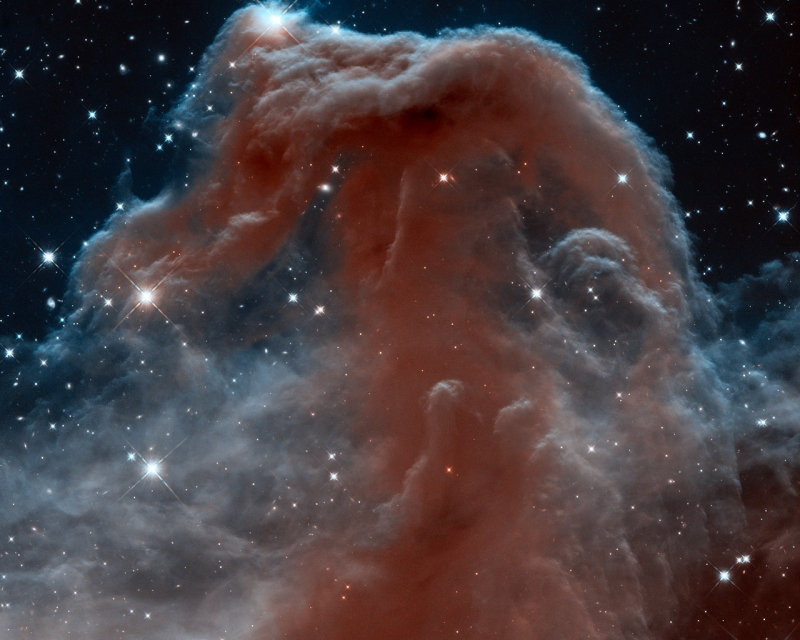
Crab Nebula

©NASA/ESA and the Hubble Heritage Team (STScI)
Sombrero Galaxy

At a relatively bright magnitude of +8, M104 is just beyond the limit of naked-eye visibility and is easily seen through small telescopes. The Sombrero lies at the southern edge of the rich Virgo cluster of galaxies and is one of the most massive objects in that group, equivalent to 800 billion suns. The galaxy is 50,000 light-years across and is located 30 million light-years from Earth.
©NASA/ESA and the Hubble Heritage Team (STScI)
Horsehead Nebula

This image shows the region in infrared light, which has longer wavelengths than visible light and can pierce through the dusty material that usually obscures the nebula’s inner regions. The result is a rather ethereal and fragile-looking structure, made of delicate folds of gas — very different to the nebula’s appearance in visible light.
©NASA/ESA and the Hubble Heritage Team (STScI)
The Bubble Nebula

©NASA/ESA and the Hubble Heritage Team (STScI)
A rose made of galaxies

©NASA/ESA and the Hubble Heritage Team (STScI)
The pillars of creation

The dust and gas in the pillars is seared by the intense radiation from young stars and eroded by strong winds from massive nearby stars. With these new images comes better contrast and a clearer view for astronomers to study how the structure of the pillars is changing over time.
©NASA/ESA and the Hubble Heritage Team (STScI)
Articles in this category





 SHIRTS & HOODIES
SHIRTS & HOODIES 








































